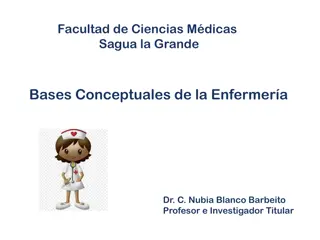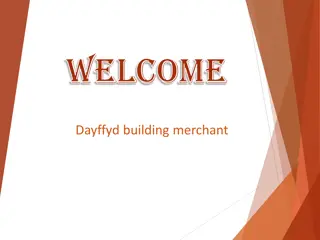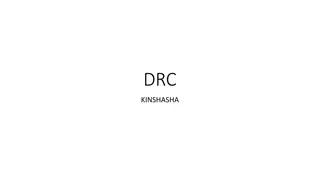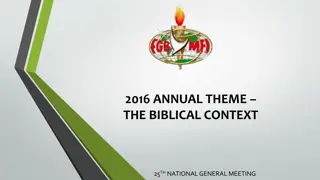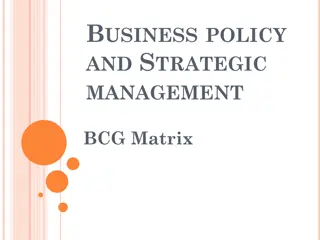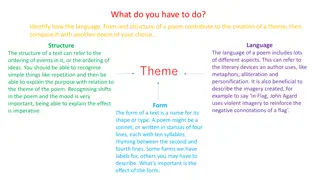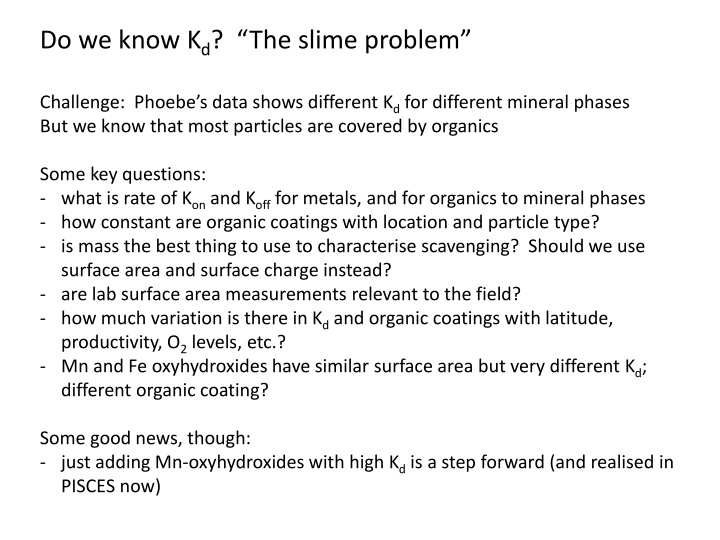
The Slime Problem in Metal Scavenging
Explore the challenges of Kd variations in metal scavenging and the impact of organic coatings on mineral phases. Learn about the rates of Kon and Koff, the use of mass vs. surface area for characterizing scavenging, and the variability in Kd with environmental factors.
Uploaded on | 2 Views
Download Presentation

Please find below an Image/Link to download the presentation.
The content on the website is provided AS IS for your information and personal use only. It may not be sold, licensed, or shared on other websites without obtaining consent from the author. If you encounter any issues during the download, it is possible that the publisher has removed the file from their server.
You are allowed to download the files provided on this website for personal or commercial use, subject to the condition that they are used lawfully. All files are the property of their respective owners.
The content on the website is provided AS IS for your information and personal use only. It may not be sold, licensed, or shared on other websites without obtaining consent from the author.
E N D
Presentation Transcript
Do we know Kd? The slime problem Challenge: Phoebe s data shows different Kd for different mineral phases But we know that most particles are covered by organics Some key questions: - what is rate of Kon and Koff for metals, and for organics to mineral phases - how constant are organic coatings with location and particle type? - is mass the best thing to use to characterise scavenging? Should we use surface area and surface charge instead? - are lab surface area measurements relevant to the field? - how much variation is there in Kd and organic coatings with latitude, productivity, O2 levels, etc.? - Mn and Fe oxyhydroxides have similar surface area but very different Kd; different organic coating? Some good news, though: - just adding Mn-oxyhydroxides with high Kd is a step forward (and realised in PISCES now)
Some immediate products: Th isotopes useful for aggregation/disaggregation; extend this to colloid-small particle (Jess/Tom/Paul) Provocative review of organic complexation, exchange, and aggregation/disaggregation model (Kristen/Jess/Tim/Phoebe/ ) We are close to being able to model L1 field in ocean If... L1 field is modelled, and Th gives us particle dynamics we have quantified major aspects of metal scavenging.
Nepheloid layers They are very different from open ocean in terms of particle composition (as well as concentration) Not all layers are the same (at all!) Oxyhydroxides are important (and possibly predictable given overlying productivity flux) Need to target some key locations with range of measurements


